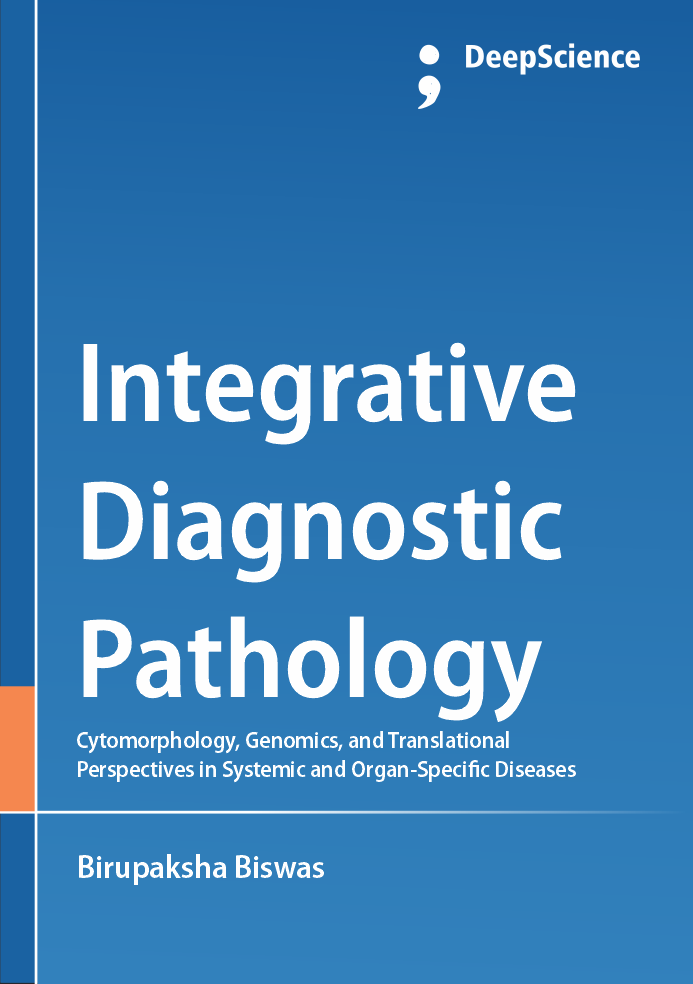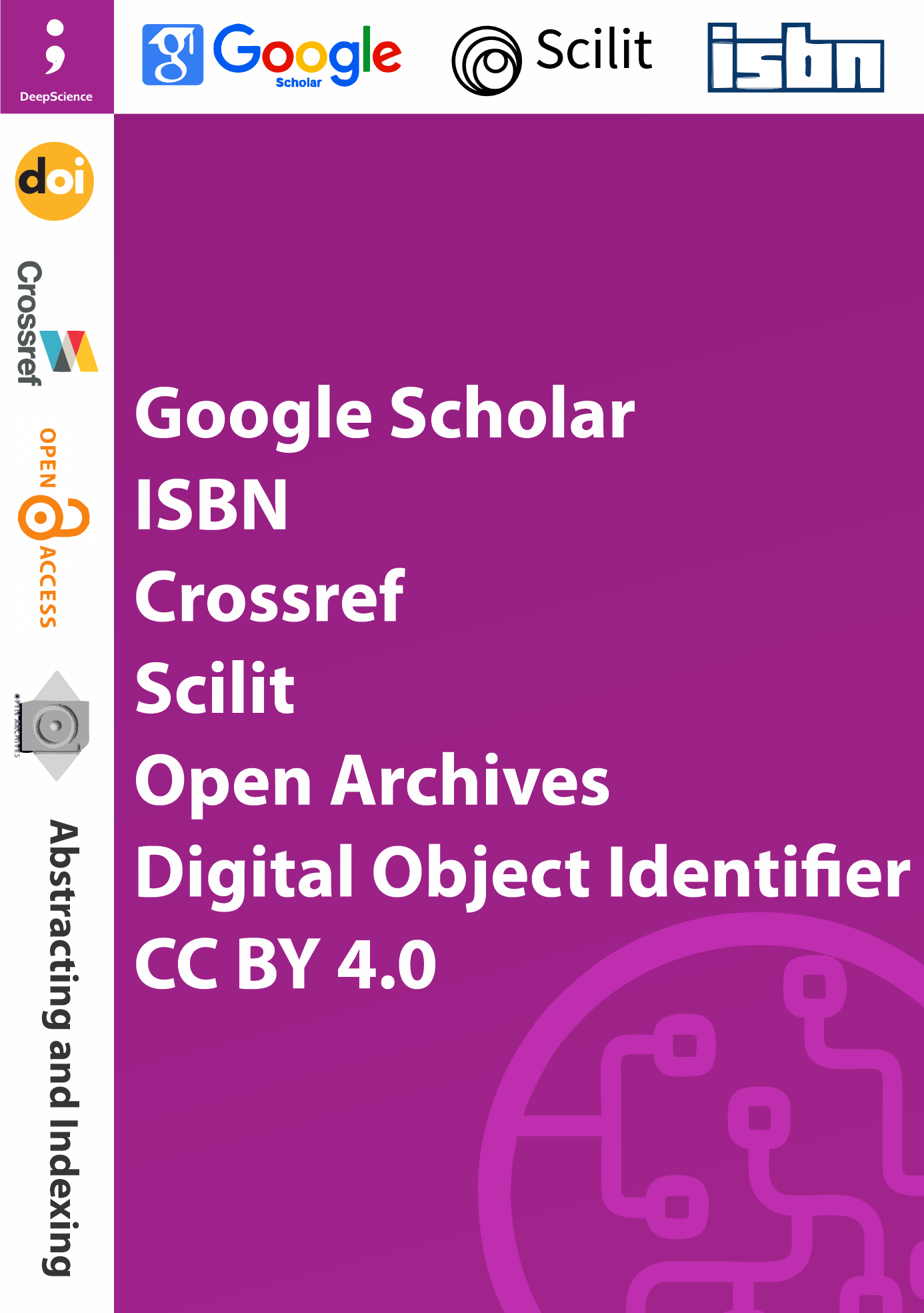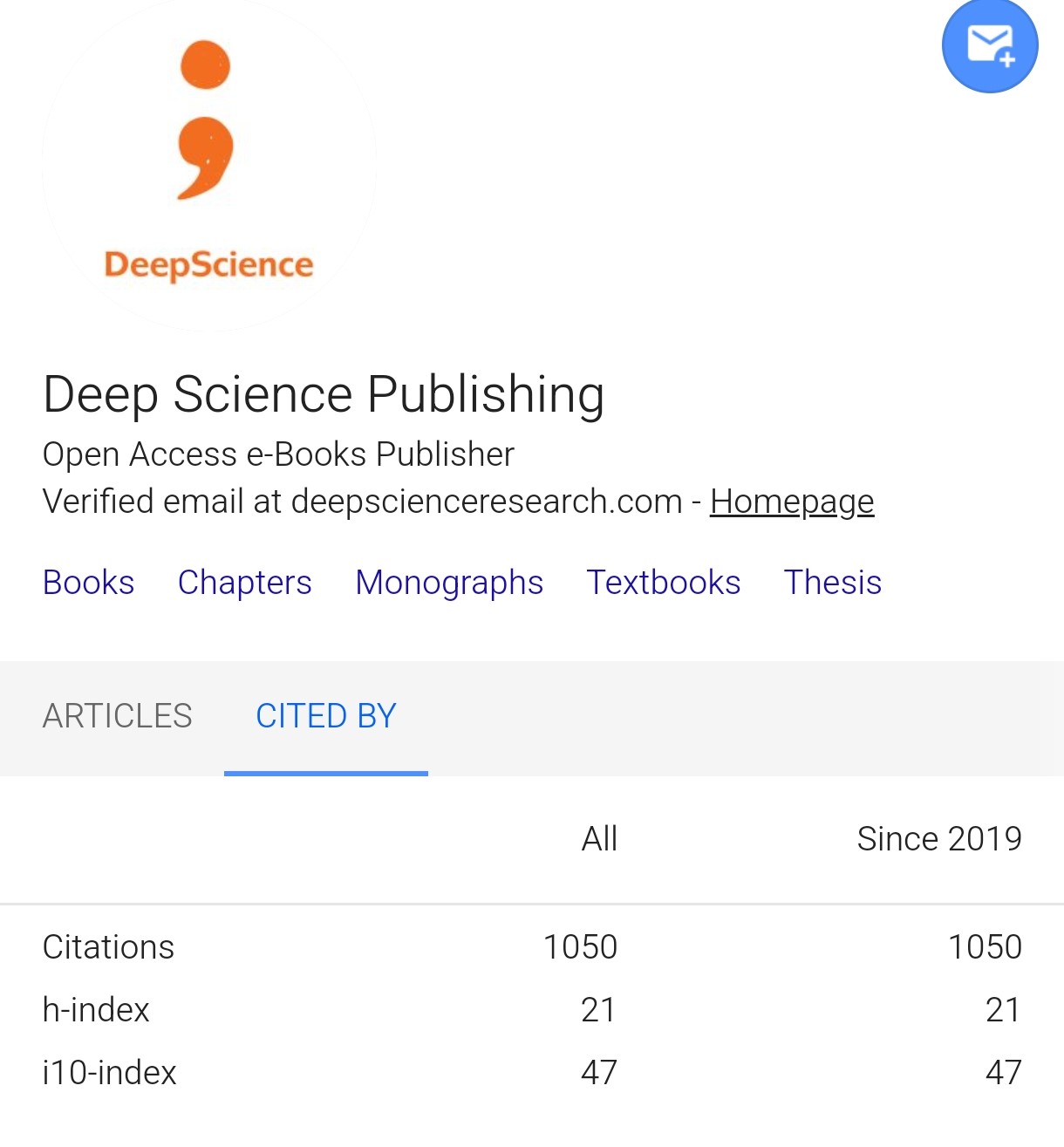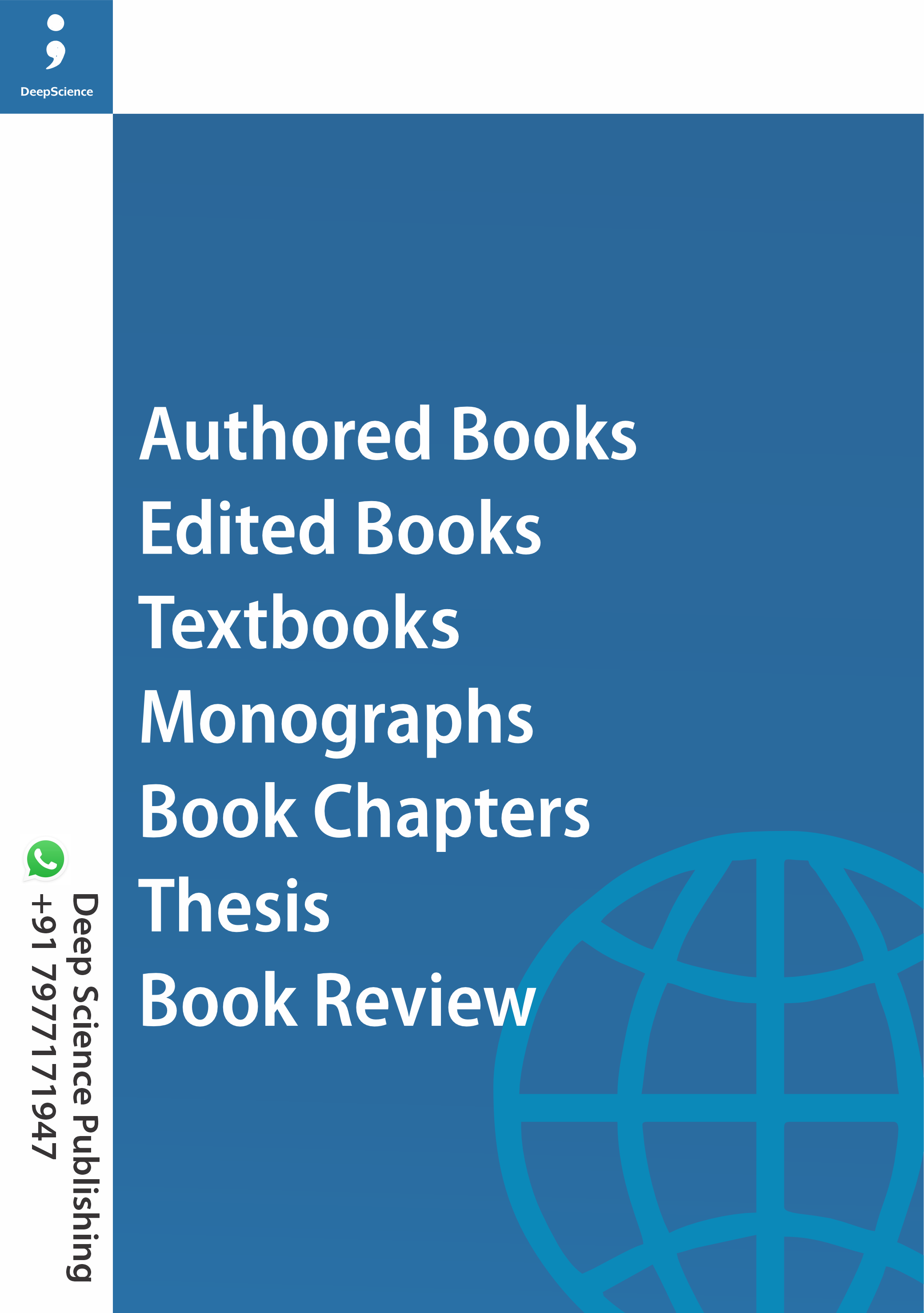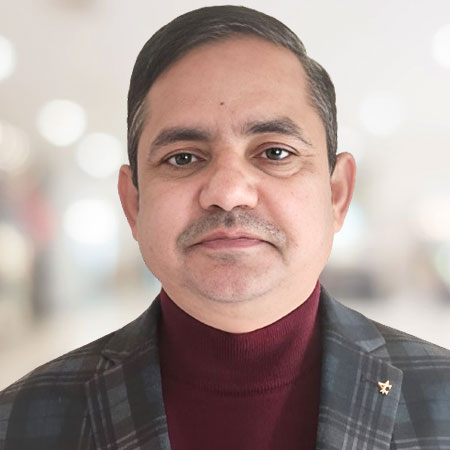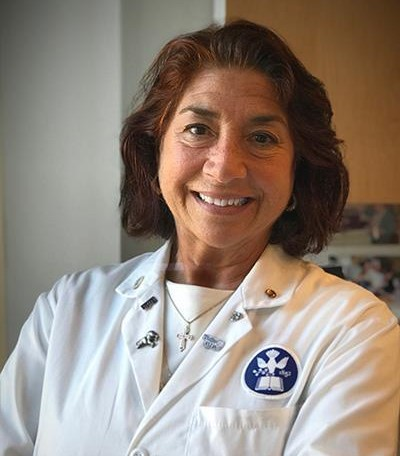Integrative Diagnostic Pathology: Cytomorphology, Genomics, and Translational Perspectives in Systemic and Organ-Specific Diseases
Keywords:
Diagnostic Pathology, Cytomorphology, Genomics Medicine, Translational Medicine, Precision medicine, Molecular Pathology, Medical DiagnosticsSynopsis
It is with a profound sense of humility, mingled with the awareness of the frailty of human comprehension, that I offer this work to the reader. From the earliest moment of conception, I have been constantly reminded that every attempt to impose order upon the vast and shifting landscape of disease is shadowed by limitation. The lesion, in its silent eloquence, resists reduction to mere taxonomy. It is a cipher that speaks in multiple tongues, at once anatomical, cellular, molecular, and experiential. To describe it with finality is an impossible task, for the lesion is not a fixed object but a process, a metamorphosis inscribed upon the fragile fabric of the human body.
In preparing these chapters, I have not sought to present a definitive edifice of knowledge, but rather an intellectual chamber where observation, interpretation, and speculation may intersect and resonate. The act of biopsy, the scrutiny of stained tissue, and the alignment of molecular insight are not only techniques of investigation ,but also acts of interpretation in which the physician or pathologist becomes both witness and translator of biological phenomena. Each fragment of tissue entrusted to the laboratory is not merely a specimen, but a vestige of a life lived, a delicate testimony of suffering and endurance. To confront it requires not only technical skill but also an ethical gravity, for within each cell lies the possibility of misjudgment, and within each report the weight of destiny for the one from whom it was taken.
The tools of modern pathology, refined though they may be, expose us to an ever-deepening abyss of complexity. Immunohistochemistry illuminates the hidden currents of differentiation, proliferation, and immune modulation, while genomic interrogation reveals a labyrinth of mutations, rearrangements, and epigenetic inscriptions that resist simplistic categorization. Spatially resolved technologies, in their turn, remind us that disease is never a solitary act of a cell but an orchestration of interactions within microenvironments of astonishing intricacy. Yet for all these revelations, certainty remains elusive. Every answer generates new questions, every apparent resolution uncovers deeper enigmas, every classification veils anomalies that cannot be contained.
To write of disease in such a context is to engage in an act of humility rather than mastery. The chapters that follow are not to be received as an immutable doctrine, but as a provisional charting of terrain that shifts even as it is mapped. They are fragments of an ongoing conversation, partial reflections upon a reality that surpasses the grasp of any single observer. My hope is not to construct a monument of authority, but to provide a scaffold upon which others may build, refine, or even dismantle, as new insights emerge and new generations of investigators bring their vision to the same enigmas.
If there is any claim I dare make for this work, it is that it was written with reverence for the mystery that lies at the heart of medicine, a mystery that no microscope or sequence analysis can fully unravel. If it provokes thought, if it sensitizes the gaze of the reader to the subtleties of histological and molecular discourse, if it inspires caution as well as curiosity, then it will have achieved its modest aim. For ultimately, the true teachers are not the texts nor their authors, but the patients whose tissues we examine, whose stories remain inscribed in every nucleus and every fiber, and whose silent endurance lends gravity to all that we do.
May this work therefore stand, not as a proclamation of certainty, but as an offering of thought, a gesture of humility before the vastness of disease, and a quiet acknowledgement of the endless path that still lies before us.
This work is born not of solitude, but of the countless voices, hands, and hearts that have shaped my path. It is here, with reverence, that I bow before my beloved parents, whose love and sacrifice formed the soil in which my roots found strength. To them, I owe every breath of endurance, every spark of perseverance, and every quiet moment of faith that sustained this journey. To my brother, whose companionship has been a quiet pillar, a fraternal presence steady as a star, I offer this labour as a testament of gratitude. And to the one who stood beside me in both shadow and light, whose steadfastness became the unspoken music that carried me through trials, I dedicate these words with the tenderness of a heart that remembers.
References
Weyand CM, Goronzy JJ. Immune mechanisms in rheumatoid arthritis—refining immunotherapy. Nat Rev Immunol. 2005;5(10):768–777.
McInnes IB, Schett G. Cytokines in the pathogenesis of rheumatoid arthritis. Nat Rev Immunol. 2007;7(6):429–442.
Tanaka N, et al. High-resolution CT in interstitial lung disease associated with rheumatoid arthritis. Rheumatology. 2004;43(1):63–68.
Wigley FM, et al. Musculoskeletal ultrasound in early detection of nodulosis in rheumatoid arthritis. J Rheumatol. 2005;32(8):1492–1498.
Blaschke S, et al. PET-CT for detection of subclinical rheumatoid vasculitis. Arthritis Rheum. 2010;62(8):2258–2263.
Demoruelle MK, et al. Histopathologic features in lung biopsies predict ILD progression in RA. Am J Pathol. 2013;182(1):147–155.
van der Heijde DM, et al. Immunohistochemical detection of anti-CCP in rheumatoid synovium. Arthritis Rheum. 2007;56(10):3207–3212.
Böttinger EP, et al. Integration of imaging and pathology in rheumatoid extra-articular disease. Clin Exp Rheumatol. 2011;29(Suppl 68):S55–S60.
Rengel YL, et al. Early intervention in extra-articular RA: diagnostic and prognostic nuances. Rheumatol Int. 2020;40(5):695–704.
Smolen JS, et al. Treat-to-target strategies in RA: preventing extra-articular progression. J Rheumatol. 2014;41(10):2059–2066.
Germain RN. Maintaining system homeostasis: the third law of Newtonian immunology. Nat Immunol. 2012;13(10):902–906.
Sokolove J, Lepus CM. Role of inflammation in the pathogenesis of osteoarthritis: latest findings and interpretations. Ther Adv Musculoskelet Dis. 2013;5(2):77–94.
van der Helm-van Mil AHM, Huizinga TWJ. Advances in the genetics of rheumatoid arthritis point to subclassification into distinct disease subsets. Arthritis Res Ther. 2008;10(4):205.
